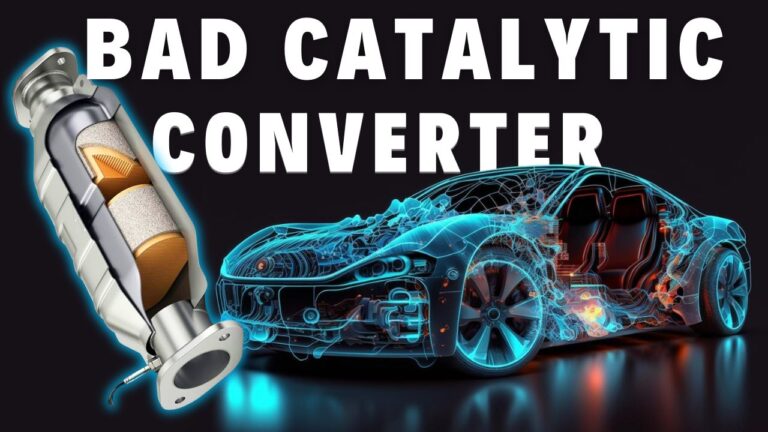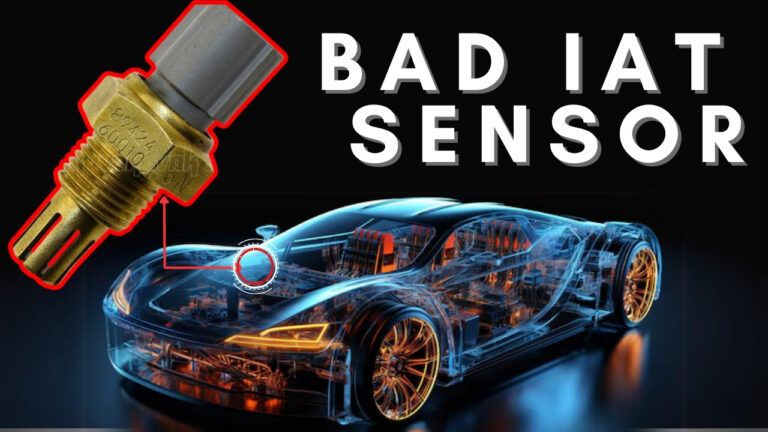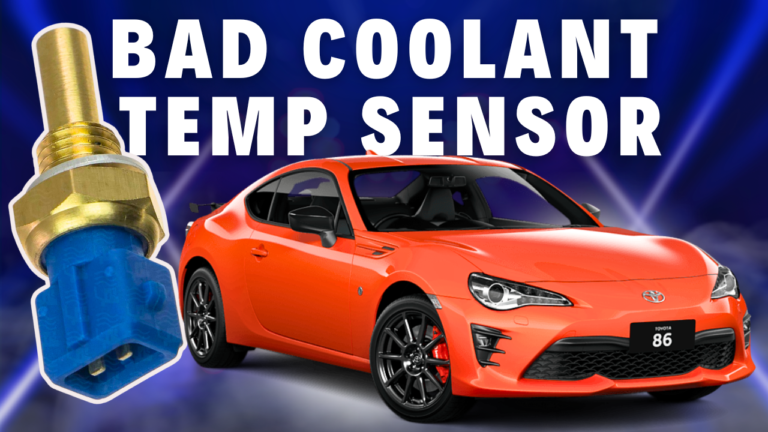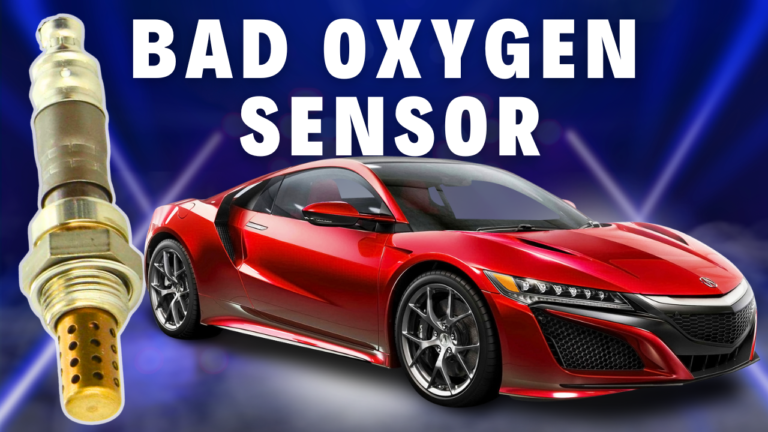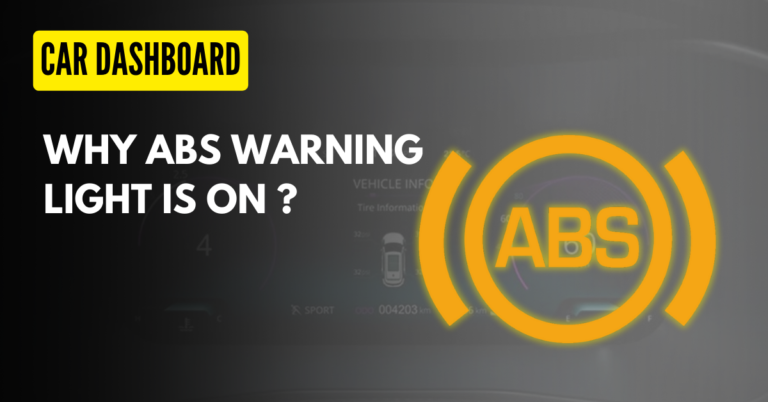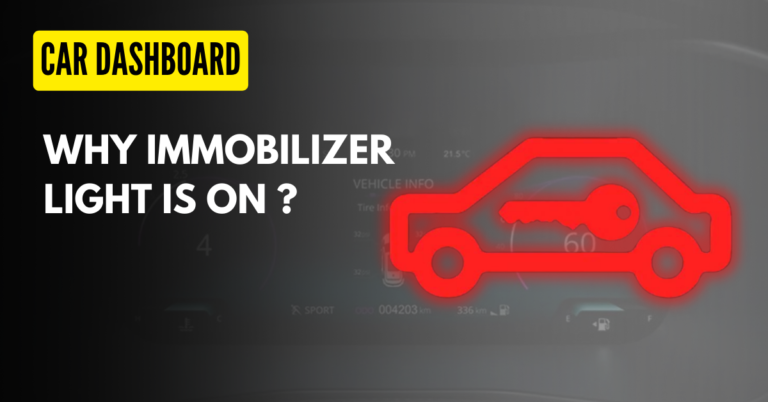The ESP warning light typically appears as a yellow icon depicting a car skidding or swerving. When the ESP warning light remains continuously illuminated, it indicates a malfunction in the Electronic Stability Program (ESP) or Electronic Stability Control (ESC). The primary function of ESP is to prevent the vehicle from skidding while steering. ESP responds by addressing the cause of the skid, which may involve reducing power as necessary and applying individual brakes as required to help the vehicle maintain its intended steering direction.
In the event of understeer, ESP applies the brake to the inside rear wheel to help the car rotate more, whereas if oversteer is the issue, ESP triggers the outside front wheel brake to create a more helpful pivot point to bring the rear of the car back under control.
What is ESP and warning Light for?
The Electronic Stability Program (ESP) is a computerized safety technology found in most modern cars. Its primary purpose is to enhance a vehicle’s stability by identifying and mitigating loss of traction, thereby preventing the tires from skidding uncontrollably. When the stability control system detects a loss of steering control, it autonomously applies brakes to individual wheels to assist in steering the vehicle toward the intended direction as per the driver’s input. [1]
The continuous warning light indicates that there is a malfunction in the ESP system and requires attention.
Why ESP Warning Light Stays ON?
The ESP (Electronic stability program) light undergoes a self-check process upon turning ON your vehicle. It should briefly illuminate and then turn off, indicating the system is operational.
The ESP warning light typically blinks when the ESP system is in active mode. However, if the light remains continuously illuminated, it suggests a malfunction in the ESP system. This could be due to various component failures such as the ESP Hydraulic Unit, wheel speed sensors, the steering wheel angle sensor, yaw-rate and lateral acceleration sensors, and the Engine Control Unit (ECU) [2]. It’s important to have the ABS system inspected when this warning light stays illuminated.
Is it safe to drive a car with ESP light on?
Driving a car with the ESP light illuminated is generally safe, as many vehicles on the road do not have this feature and drive normally. However, it’s crucial to be cautious and adjust your driving behavior as the ESP system may be non-functional. Exercise extra caution, especially in slippery or off-road conditions.
If the ESP light is accompanied by another engine warning light, it is not advisable to drive the vehicle as this could indicate a more serious engine management issue. In such cases, it’s best to have the vehicle inspected by a qualified mechanic before continuing to drive.
What Causes the ESP Warning light to come on?
The ESP warning light in a car can be triggered by various factors:
1. Faulty Wheel Speed Sensor:
Wheel-speed sensors are responsible for detecting the rotation and standstill of the wheels. These sensors transmit signals to the control unit, which then calculates the speed of rotation.
When there’s a difference between the desired and actual states, and the information received from the wheel-speed sensors, the control unit determines the necessary braking or engine control interventions to prevent skidding or rollover. If one or more wheel sensors are malfunctioning or not transmitting accurate data, it can trigger the ESP warning light to come on.
2. Faulty Yaw Rate & Lateral Force Sensors:
The ESP warning light can illuminate due to a faulty yaw rate and lateral acceleration sensor. The yaw-rate sensor tracks all movements of the vehicle around its vertical axis, while the lateral acceleration sensor measures the g-force experienced during a turn.
These sensors provide crucial information to the control unit, allowing it to determine the actual state of the vehicle’s movement and compare it to the desired state. If either of these sensors malfunctions or fails to provide accurate data, it can trigger the ESP warning light to come on.
3. Faulty ABS Module:
The steering-angle sensor determines the position of the steering wheel, which is considered the “desired state” by the ESP system. It compares this desired state with the actual movement of the vehicle to determine if the car is oversteering or understeering.
If the steering-angle sensor malfunctions or fails to provide accurate data, it can trigger the ESP warning light to illuminate.
4. ESP Turned off:
If the ESP (Electronic Stability Program) function is turned off intentionally or accidentally, the ESP warning light will remain illuminated.
5. Driving mode turning off ESP:
Some car manufacturers might offer specific driving modes for experienced drivers on closed roads that partially or fully disable ESP. Activating these driving modes may trigger the ESP warning light.
References
1. ESP EXPLAINED – WHAT IS ESP IN A CAR?: What is ESP?
1. Electronic Stability Programme® (ESP) – how does it work?: ESP Components

